Ever feel like you don’t get that much attention on Facebook?
Every marketer wants more attention.
After all, that’s the goal of social media marketing, right?
The problem is, it can be difficult to get some time in Facebook’s spotlight unless you know exactly what to do.
The trick sounds simple: You have to optimize your status updates to stand out.
In reality, there’s more to it than that, but that’s the basic idea — optimizing your updates.
The way you optimize your fan page updates is not super obvious by any means. So don’t beat yourself up for not “doing it right.”
I’m going to show you how to consistently create status updates that get attention.
No more waiting for likes and comments. No more spending 20 minutes on each update.
Just an easy process that gets results.
Let’s jump right in.
What do Facebook users engage with the most?
Have you ever asked yourself exactly what gets the most engagement on Facebook?
It’s a question you need to ask.
First off, let’s define “engagement.” According to Facebook, engagement is somewhat of an umbrella term that can refer to all the actions people take as a result of what you post.
For status updates, this breaks down into likes, comments, and shares.
So what do people engage with?
A couple of years ago, I created an infographic that explains exactly this.
Here’s the shortened version for you: People like content that is interesting, important, timely, and funny.
Don’t worry. You don’t have to tick all of those boxes to create a great update.
But you do have to make something worth engaging with. That’s a lot easier said than done, so here are some examples.
Starbucks regularly gets more engagement on inspirational posts like this one:
They also get high engagement for announcements of any kind:
These kinds of updates are interesting, important, and sometimes funny. They inspire people who follow Starbucks, and they have good photography to boot.
I doubt you’re as big as Starbucks (I’m not either!), so let’s look at a smaller brand.
Lyle’s, a restaurant in London, gets the most likes when they post pictures of food:
Food posts almost always outperform all of their other updates. That’s because these posts are interesting and relevant.
Of course, there are tons of other factors that come into play here, and you could definitely research this more.
Overall, remember that your content needs to be interesting, important, timely, and/or funny.
Let’s break down each one of these to see how they work.
Make it interesting
When I say “interesting,” I also mean relevant.
That’s simple, right? You’ll only be interested in things that are relevant to your interests.
That’s why truly interesting content has to cater to your audience’s likes.
But how do you find out what your audience likes?
There are a few ways that are all pretty easy.
The first is to use Facebook Audience Insights.
This will show you what pages your followers like, what they buy, how much they use Facebook, and so much more.
There’s one caveat: To use Audience Insights, you have to have Facebook ads set up. But let’s face it, you’re probably running an ad right now.
If you have a Facebook ad set up, Audience Insights is an extremely convenient method of gathering data.
But let’s say you don’t have ads. That’s okay.
This next method isn’t as informative, but it’s still very helpful.
In fact, I recommend using this method even if you also use Audience Insights.
Simplymeasured.com offers free Facebook insight reports that show you how your users are interacting with your content.
You can see what people are clicking on the most and what’s performing the best.
See why I recommend this? It’s free and full of insanely helpful data.
But what if you don’t use Audience Insights and you want more detailed info on who your audience is?
There are many other methods of getting demographics and psychographics.
My favorite way to do this is to use Google Analytics (GA) to track your Facebook page.
To do this, open your GA dashboard and head to the sidebar. Navigate to Acquisition > Social > Network Referrals.
On the next page, find the little box that says “Secondary dimension.” Click on it and select Users.
You’ll see several options for different demographics:
You can discover your social users’ countries, browser types, and much more.
This isn’t the most comprehensive way to get information about your users, but it is helpful if you need it.
Last but not least, you can always send out surveys or polls to get information directly from your followers.
So back to interesting content.
Don’t let all of this data sit around meaninglessly. Use it to create content that your users will love.
It’s simple––do more of what you know (or think) your audience will like.
If your photos get tons of likes, post more photos. If your audience loves your live streams, host streams more often and build more buzz around them.
Be on the lookout for trends that happen over time. Don’t take any single post and use it as your only source of information.
Sound good? Awesome. Moving on.
Be a source of useful information
There’s more information today than at any other point in history.
I know, I know, what an original thought. But it’s also a wake-up call.
Here’s an honest question: Why would anyone want to listen to you?
I’m not trying to be rude––heck, I ask myself this every day! I’m trying to make a point.
If you want to cut through all the noise of our everyday world, you have to stand out. And that’s tough.
Being an invaluable source of information can help you with that.
Take a look at Polygon, a site that published long-form content on video games.
They’re one of the most popular gaming sites because they produce so much information. I’m talking consistently long-form content.
But more importantly, their content is deep. It helps their readers learn more.
If you create deeply informative content on a regular basis, you will get noticed. People will link to your content, and you’ll get more and more views every day.
I know what you’re thinking: How the heck does this tie into Facebook updates?
It relates in a couple of ways.
First, if you constantly produce high-tier content, more people will interact with your updates.
Second, if you provide information that actually helps people learn more, you’ll get more engagement.
Need proof? Polygon consistently gets tons of interactions when they share an article:
In other words, just help people. Go out of your way to provide actionable information that your audience can use.
Timeliness matters
This doesn’t mean you have to post at the perfect time. (Although it helps.)
Being timely means putting out the right content at the right time.
Specifically, it means using seasonal content and leveraging current events.
Seasonal content is especially important.
Think of every major retail company in the world. They all take advantage of certain seasons like Christmas and summertime.
So why shouldn’t you?
Producing seasonal content means that you’ll be super timely and create stuff that people want to see.
But that’s not all. Seasonal content can refer to literal seasons, but it can also refer to trends.
Remember the ALS Ice Bucket Challenge?
Tons of companies like McDonald’s and Pillsbury participated in the challenge in one way or another.
Their content came out at just the right time. If they had waited six months to participate, the content definitely wouldn’t have been timely at all.
Get the idea?
Be funny (if it fits)
Humor will always have a place in marketing and advertising.
But it’s easy to overuse, and I see so many brands doing that.
However, when you do it right, it can be wildly effective.
Chipotle’s Twitter account is a perfect example.
There’s no over the top, dark, or controversial humor here.
It’s all clean (and sometimes snarky) humor that connects with their audience.
But not all brands are made equal. A brand like UNICEF wouldn’t be able to use the same sort of humor that Chipotle does.
On the extreme other end of the spectrum, there are brands like The Onion who specialize in dry, satirical, and edgy humor.
You should only use the kind of humor that aligns with your brand.
If your branding is more formal, you’ll want to lay back on the humor and stay more conservative.
If your branding is more casual, you can be a bit more lenient with humor.
Of course, even formal brands can crack a joke every now and then. Whatever you do, stay consistent with your branding.
Don’t rely on text alone
When you think “status update,” you probably think “text.” That’s understandable, but you need to change the way you think about media.
Status updates are perfect for sharing a nice photo or video, and your users will engage with that more than a plain text update.
Photos make up roughly 75% of all Facebook content, and 4 times as many customers would rather watch a video instead of read text.
Text still plays an important role, but it shouldn’t always stand on its own. That’s one of two big mistakes I see in this area.
Some pages post considerably lengthy status updates, and they don’t get much engagement from it.
The other big mistake I see is posting photos or videos without text.
To get the best engagement, you need to use the right amount of text, usually 1-2 lines, along with a photo or video.
I like to experiment a lot with this. Sometimes you will see my posts with text, and other times you will see posts with no text at all.
If you look at high performing pages, you’ll see they stick to this strategy religiously. Most brands only deviate when there’s a special occasion.
Still, play around with it a bit. Your followers may like status updates that are only one sentence long, or they may enjoy a full paragraph with media.
Find out what your users engage with and run with it.
Start a conversation
This one seems obvious, but you’d be amazed at how many brands don’t do this.
Too many status updates are one-sided.
For example, this update by KFC may not really make you want to like, comment, or share.
It’s humorous, but it doesn’t do anything.
Compare that to this update on H&M’s Facebook:
This gives you a specific destination to head to, and it tells you exactly what to do.
Not all of your status updates need to be exactly like this, but you should aim to start a conversation with your audience.
You can ask a question.
You can pose a challenge.
You can give directions.
Anything that will make your audience do something, whether that’s commenting on your update or going to your site.
Putting it all together
I’m going to take all of the information I’ve shared and show you how you can use it to create a killer update.
I’m actually going to work backwards throughout the article. That way, I’ll start out with my end goal in mind, and that’s important.
Here’s how to copy me.
Pull up your Facebook. You can also use a text editor if you want. (That’s what I prefer.)
First, you have to decide your general topic. Will it be about your latest product? An industry trend?
It’s best to keep the topic directly related to your product or service. You could share a blog post you wrote or a picture of your latest product.
If you need inspiration, check out some popular Facebook pages.
Doritos mostly posts short updates dealing with their products:
Growth Hackers takes a slightly different approach and shares articles:
As long as the topic is tied to your product in some way, you’ll be fine. And don’t be afraid to get creative!
After you have your topic, figure out how you want to engage your audience.
Remember the options:
- You can ask a question
- You can pose a challenge
- You can give directions
Those are the three main ways of interacting with your audience.
Target asks questions often:
Chipotle gives challenges and invites readers to participate in activities:
And Growth Hackers gives directions:
You should choose one of these based on what you’ve seen your audience engage with before.
Don’t forget to consider the topic. If you’re posting about a product, asking a question might be a smart move.
If you’re posting about a contest, you’ll want to give directions.
Next, write the update. I recommend 1-2 lines. 2 lines is honestly pushing it––social media users like their updates short and sweet.
This might be difficult, but it’s a great writing exercise.
How can you say what you want to say in just a couple of short sentences?
Study what other Facebook pages are doing, and get a sense of how their updates are structured.
Let’s look at a random status update from Starbucks:
This update is taking a smart angle that you’ve probably seen a lot in marketing.
Here’s what I mean. Think about the sentence “If you love free stuff, this is for you.”
But who doesn’t love free stuff?
That’s the point.
It’s engaging almost all of its readers, and it’s also inviting people to join in on the fun.
So keep it short and as exciting as possible.
You can use whatever copywriting techniques you want, but at the end of the day, a good status update is a good status update.
Finally, include media. Choose a nicely shot photo for your update.
You can use stock photography if you have to. Just make sure it’s not too generic.
Take a look at these status updates:
Try to find images of similar quality.
You can also share video, links, or any other type of content. Facebook will usually preview the content for you.
And that’s it! You can repeat this process every day, or you can even write a week’s worth of updates in one sitting.
Whatever you do, remember: Keep it interesting, important, timely, and fun.
Conclusion
We all know that Facebook is powerful.
But there is so much more power if you know how to get it.
One of the ways to get it is by giving your followers the best experience possible.
After all, don’t they deserve to get the best content from you? Shouldn’t every little update be the best they’ve ever seen?
I’ve used these strategies to create updates that keep my audience engaged and coming back for more.
You might not get that right away, but don’t give up! It takes practice and a lot of experimenting.
But if you really want to get the most out of Facebook, this is one of the more surefire ways to do it.
How do you engage with your Facebook audience?
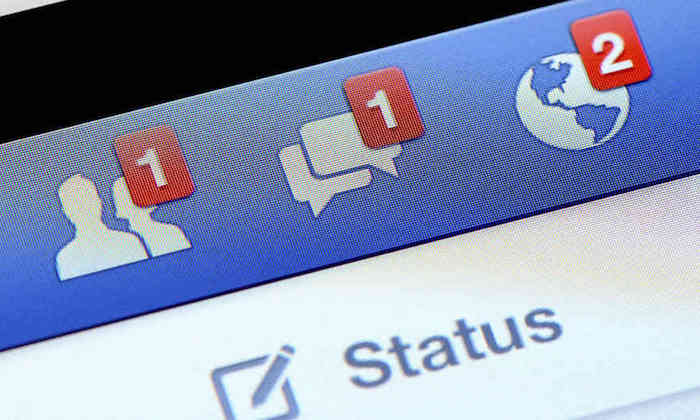
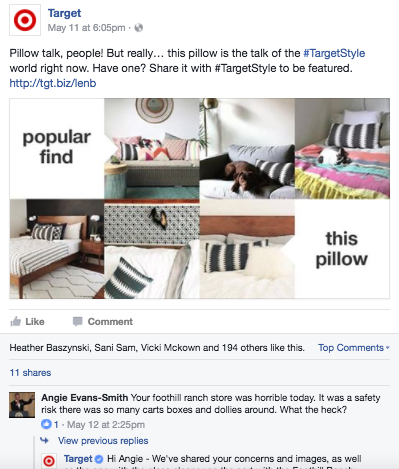
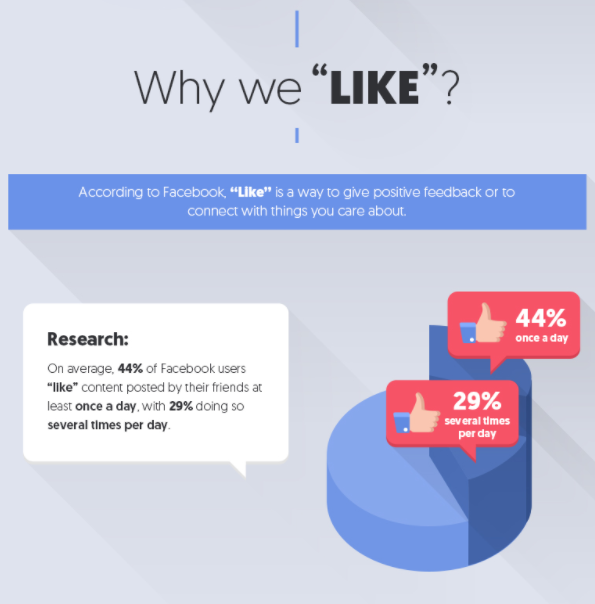
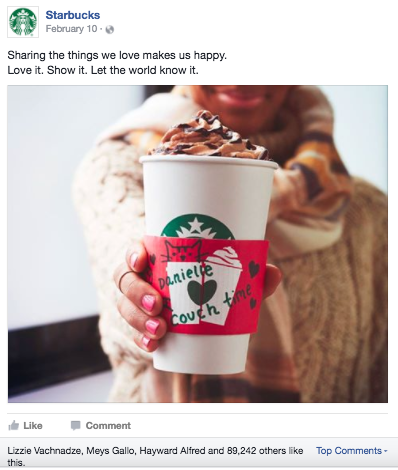
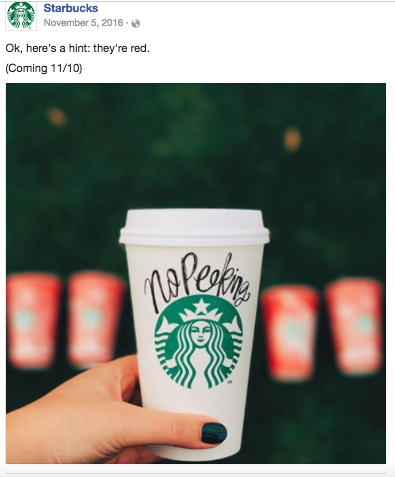
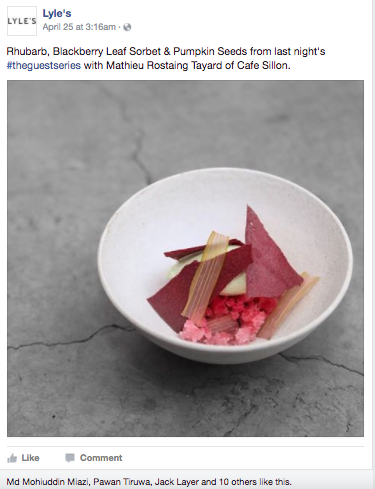

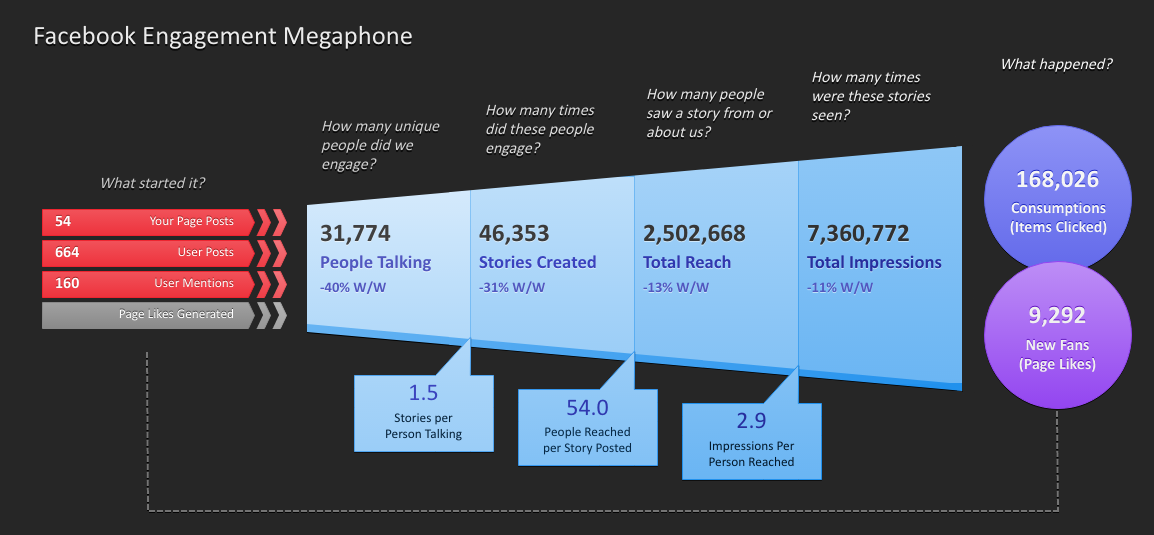
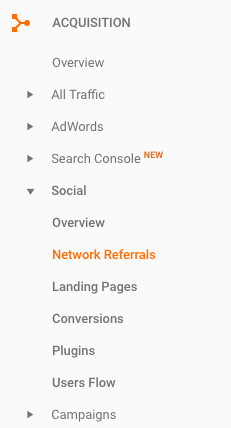
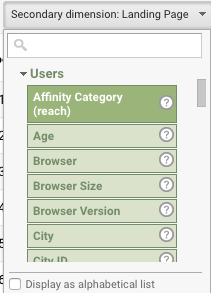
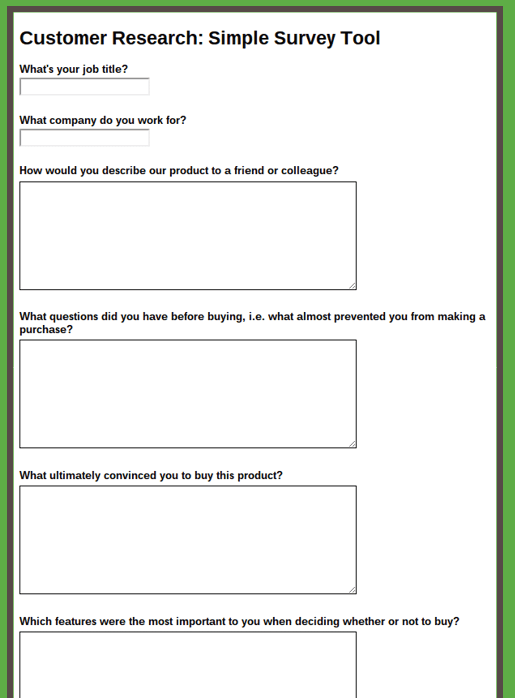
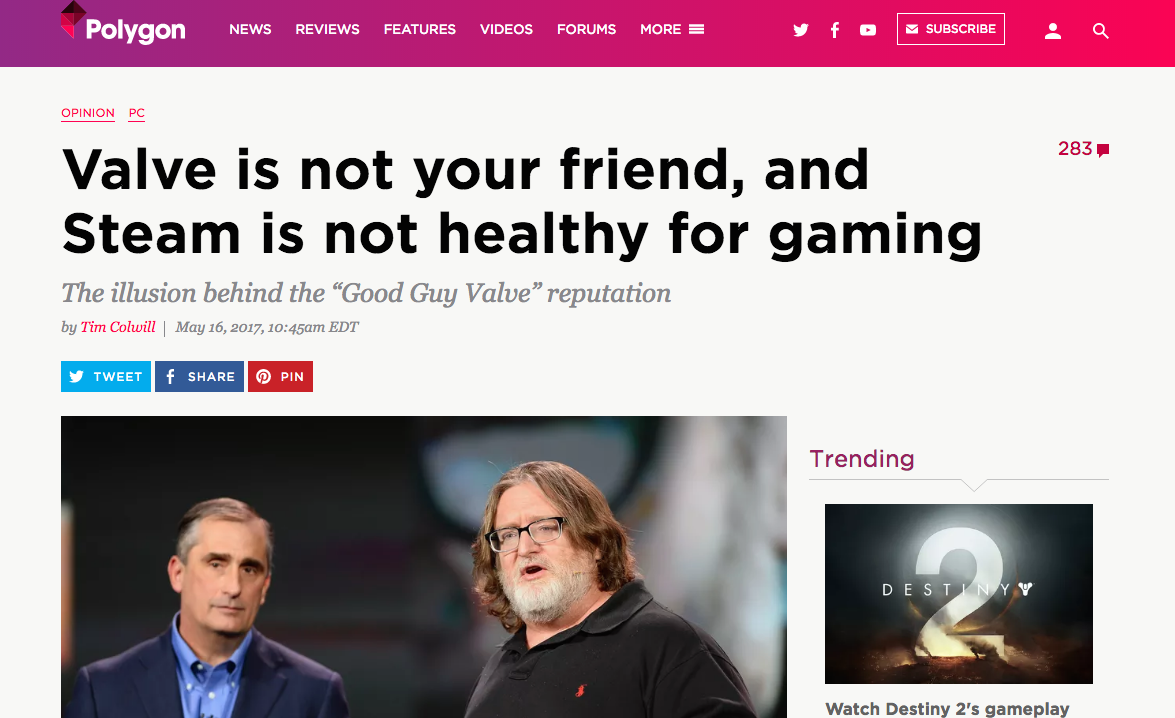
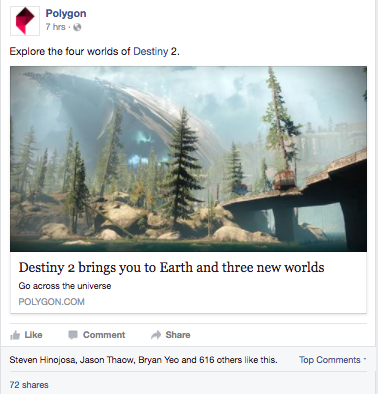


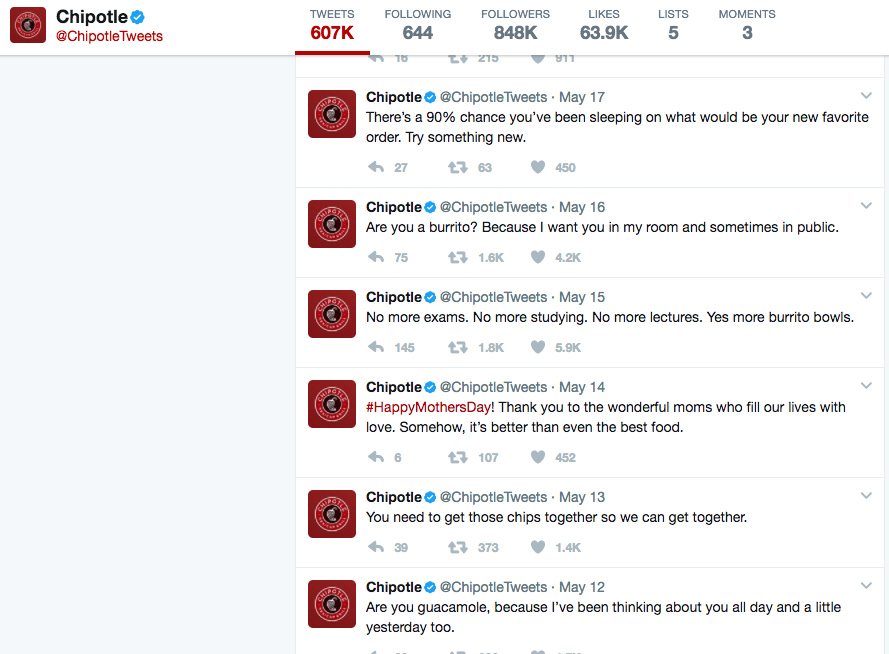
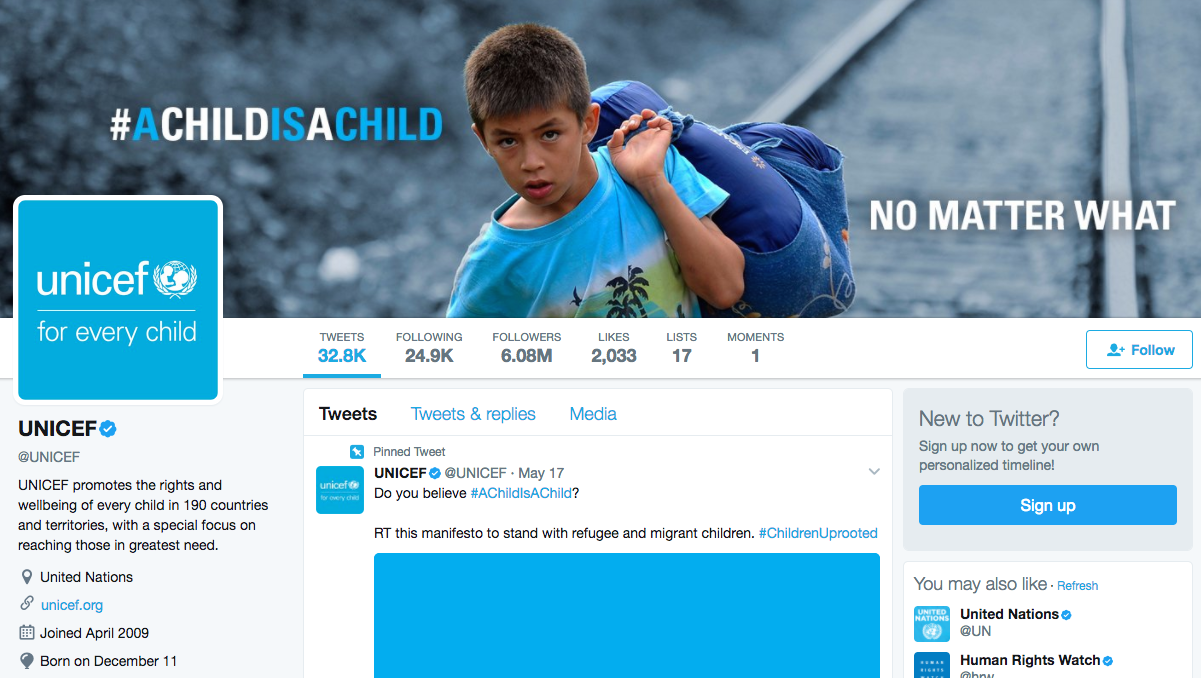
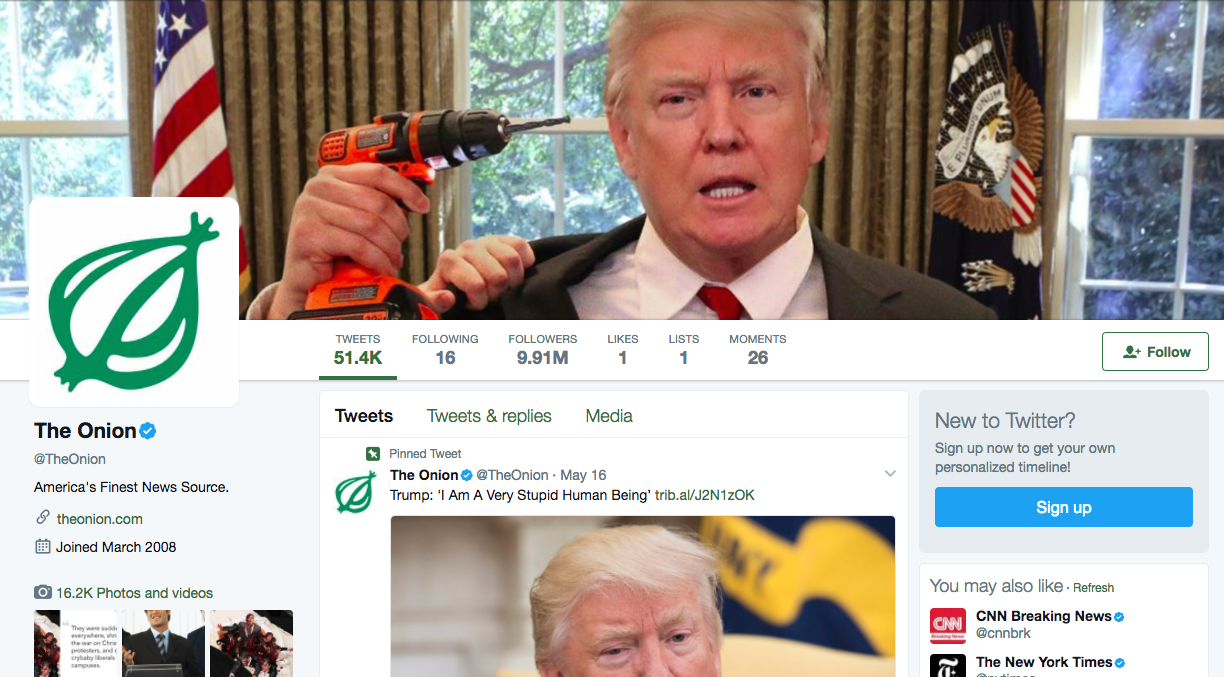

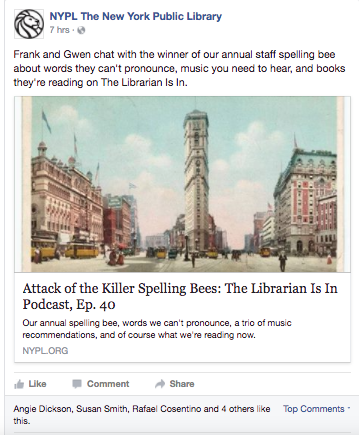
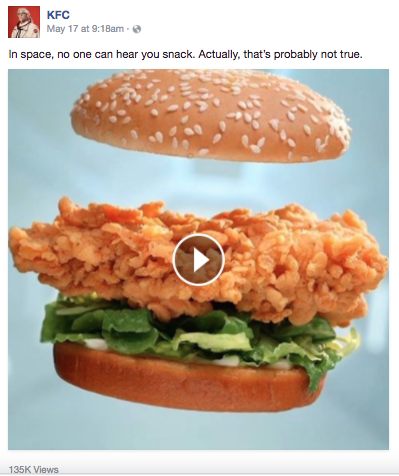
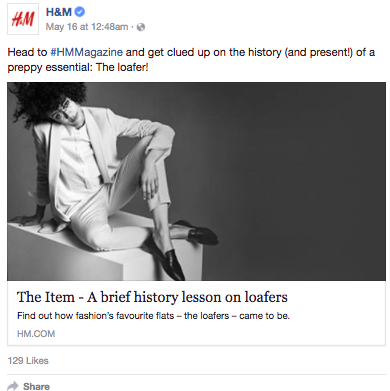

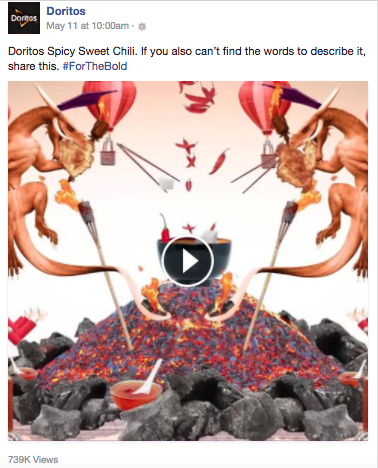


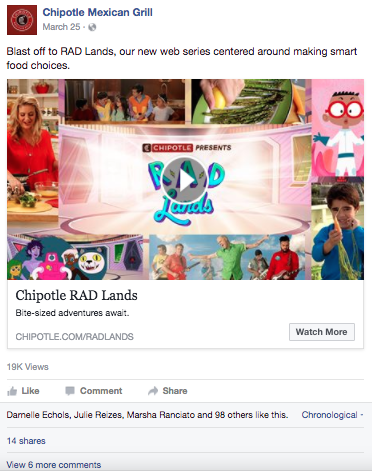

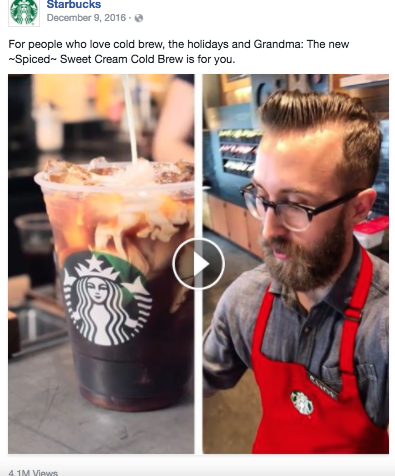
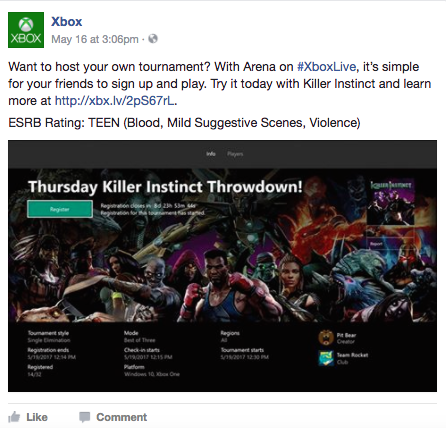
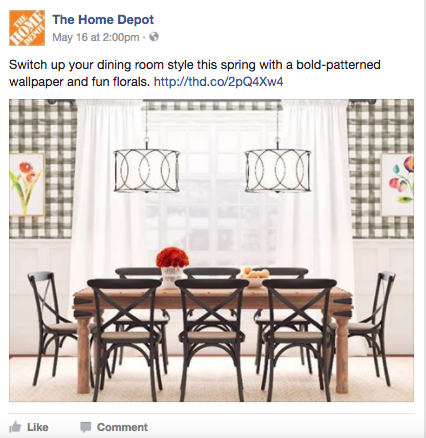
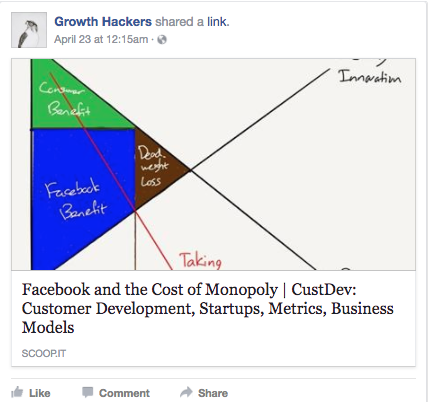
Comments (40)